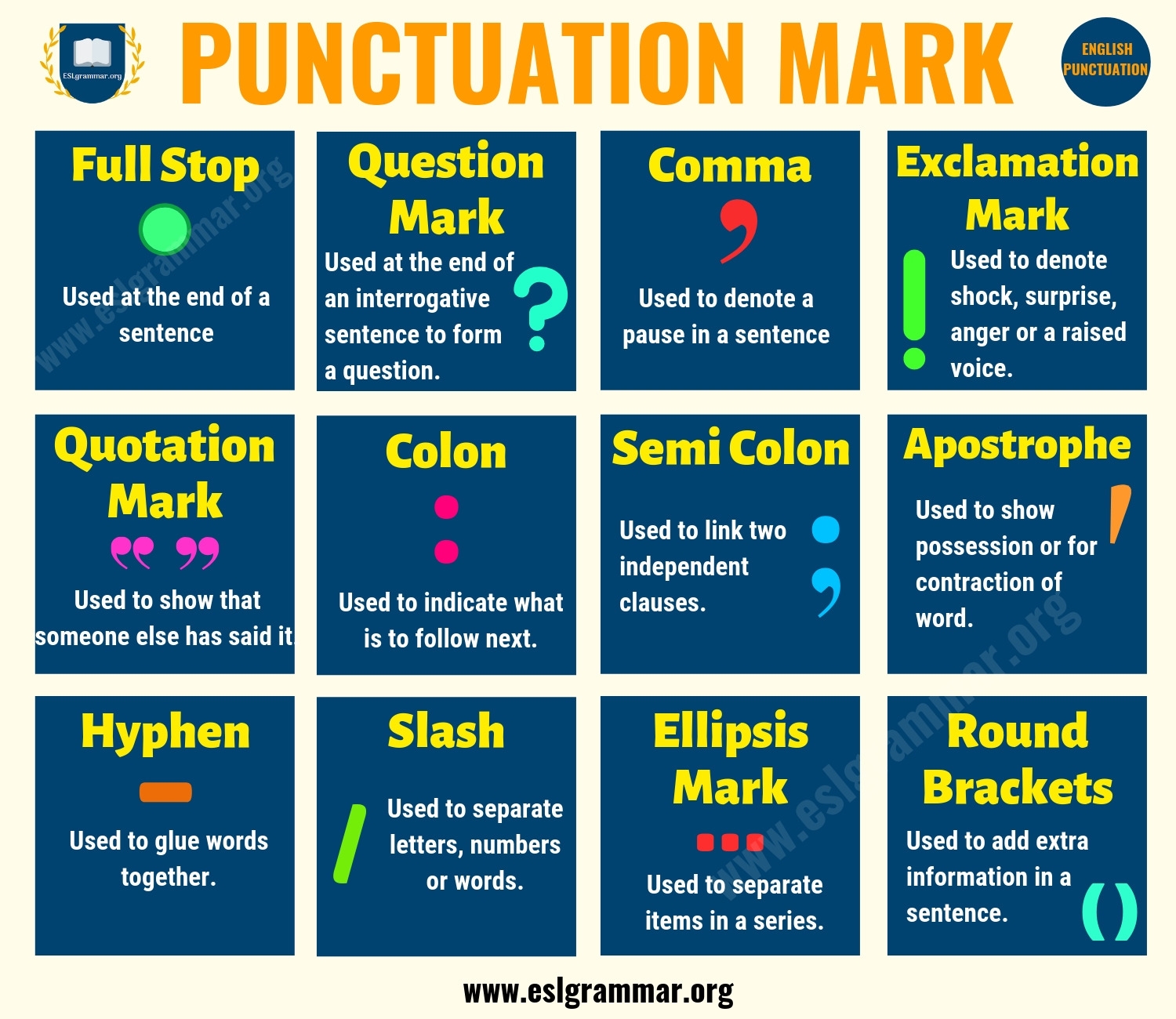Effective communication is essential in any language, and punctuation plays a crucial role in conveying meaning accurately. In English, the rules of punctuation help to clarify the writer’s message and make the text easier to read and understand. By following these rules, writers can ensure that their writing is clear, concise, and professional.
It is important to understand the rules of punctuation in English in order to avoid misunderstandings and misinterpretations. Punctuation marks, such as commas, periods, and quotation marks, serve specific purposes in guiding the reader through the text and indicating the intended meaning of the sentences.
Rules of Punctuation in English
1. Commas are used to separate items in a list, separate clauses in a sentence, and set off introductory phrases or clauses. They are also used before conjunctions such as “and,” “but,” and “or.”
2. Periods are used at the end of a sentence to indicate a complete thought. They are also used in abbreviations, such as “Mr.” for “Mister” and “etc.” for “et cetera.”
3. Quotation marks are used to indicate direct speech or dialogue, as well as to enclose titles of short works, such as articles, poems, and songs.
4. Apostrophes are used to show possession, as in “John’s car,” and to indicate contractions, such as “it’s” for “it is.”
5. Colons are used to introduce a list or an explanation, while semicolons are used to connect closely related sentences or independent clauses without a conjunction.
By following these rules of punctuation in English, writers can enhance the clarity and effectiveness of their writing. Proper punctuation helps to organize thoughts, convey meaning accurately, and engage the reader in a more cohesive and professional manner.
In conclusion, mastering the rules of punctuation in English is essential for effective communication and writing. By understanding and applying these rules, writers can ensure that their messages are clear, concise, and easy to comprehend. Punctuation is a valuable tool that enhances the quality of writing and contributes to the overall impact of the text.
